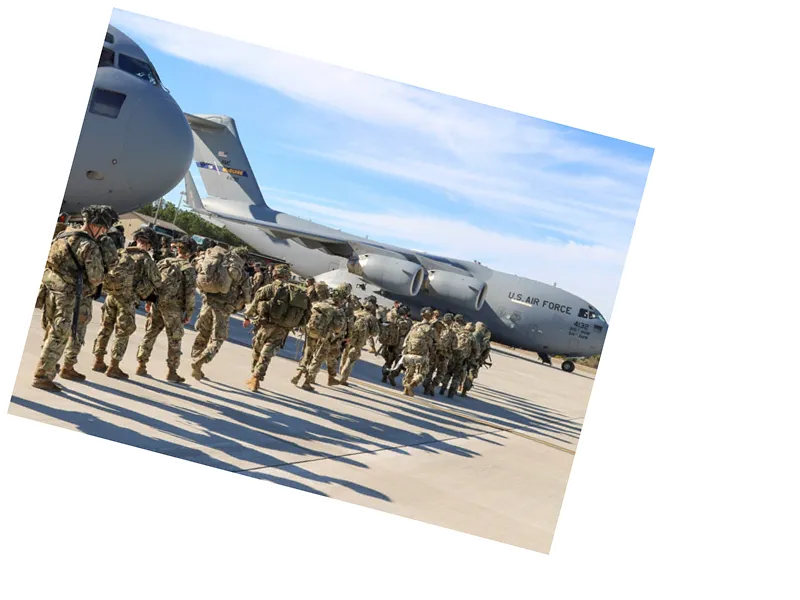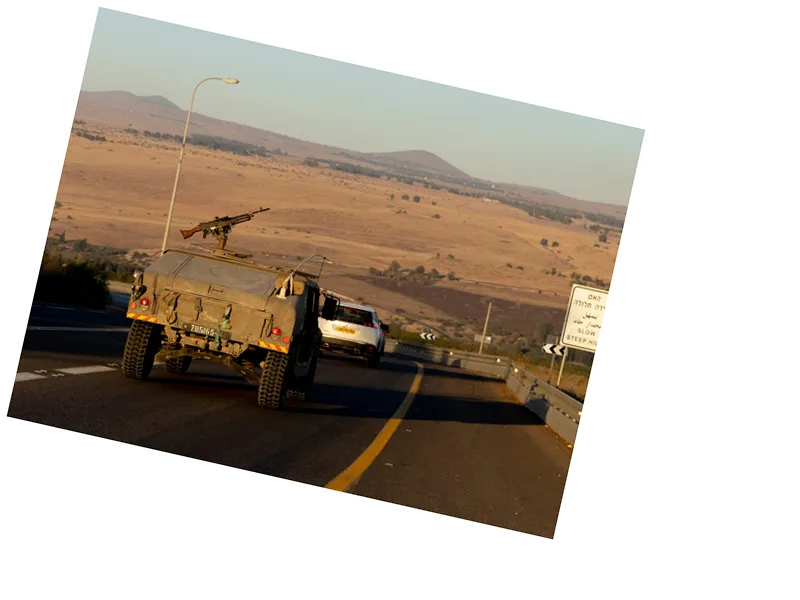The Evolution of U.S. Military Presence in Iraq: A Historical Overview
Since the onset of the U.S. invasion of Iraq on March 19, 2003, the number of American troops in the region has seen significant fluctuations. Initially, around 130,000 U.S. soldiers were deployed to overthrow Saddam Hussein, supported by 46,000 British, 1,000 Australian, and 194 Polish soldiers, totaling 178,194 Western troops. The invasion was justified by allegations of weapons of mass destruction, claims that were later proven unfounded.
The troop levels varied over the years, peaking at approximately 170,000 in 2007 amid rising sectarian violence. By the end of 2011, under President Barack Obama, U.S. forces officially withdrew, leaving only a small contingent of military advisors. However, the rise of the Islamic State (ISIS) in 2014 prompted the U.S. to increase its military presence again, reaching over 5,000 troops. This number was gradually reduced over the years, with 2,500 troops remaining in 2023, following pressure from the Iraqi parliament.
Future of U.S. Forces in Iraq: A Planned Withdrawal
Looking ahead, there are plans for a complete withdrawal of U.S. forces from Iraq by 2026. The Iraqi Defense Minister, Thabet al-Abbasi, indicated that an agreement was reached between Washington and Baghdad in September 2024. This plan outlines a phased withdrawal of international coalition forces, with hundreds expected to leave by September 2025 and the remainder by the end of 2026. This strategic shift highlights the evolving dynamics of U.S. military involvement in Iraq and the ongoing efforts to stabilize the region post-ISIS.






